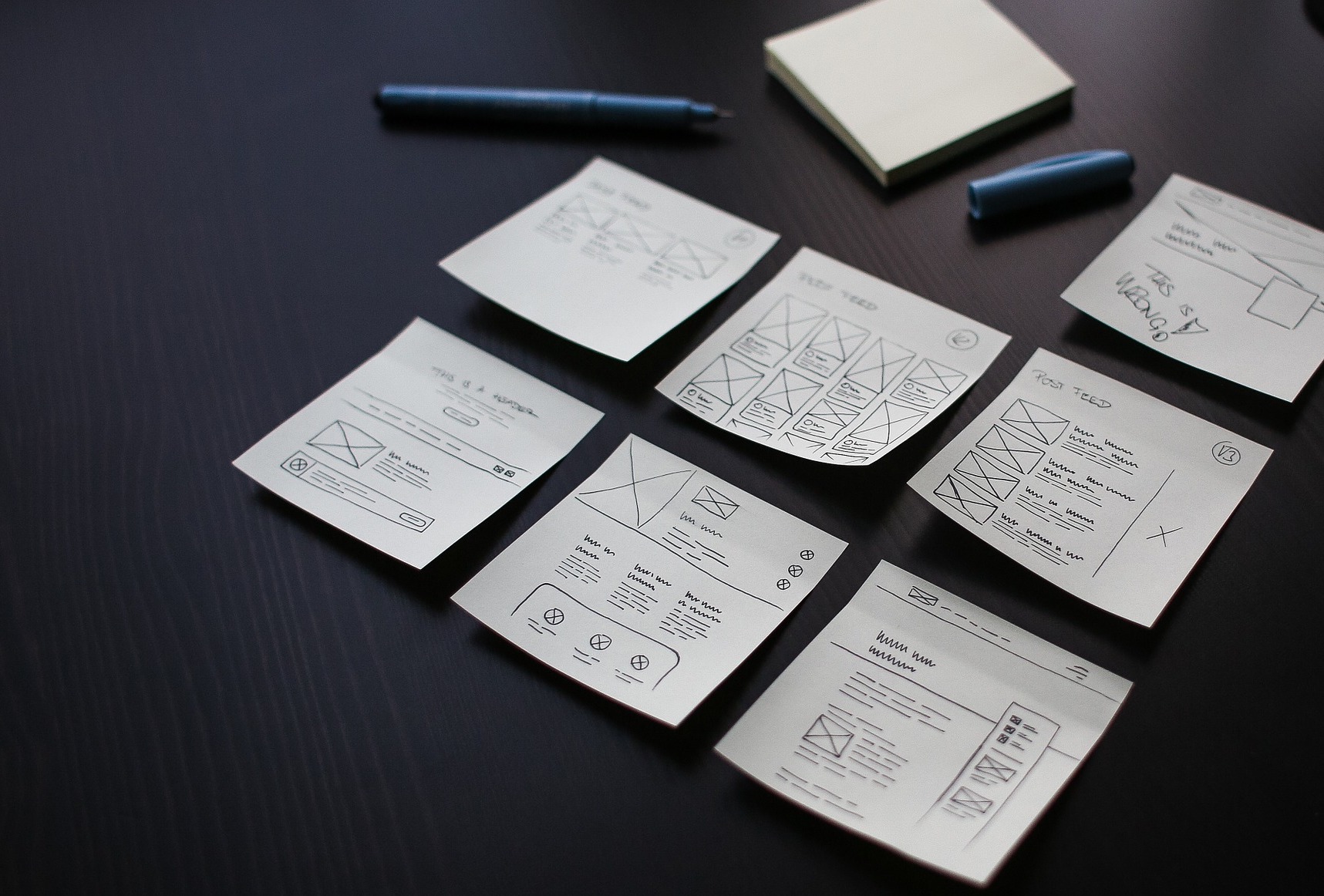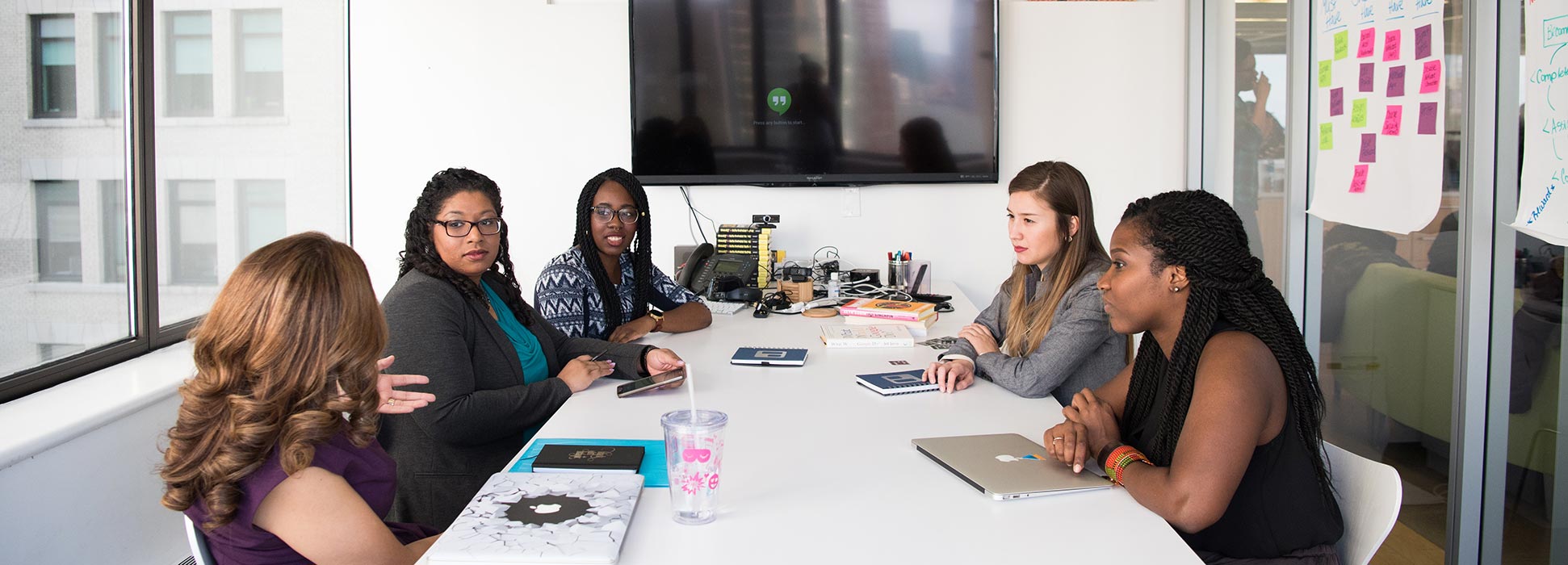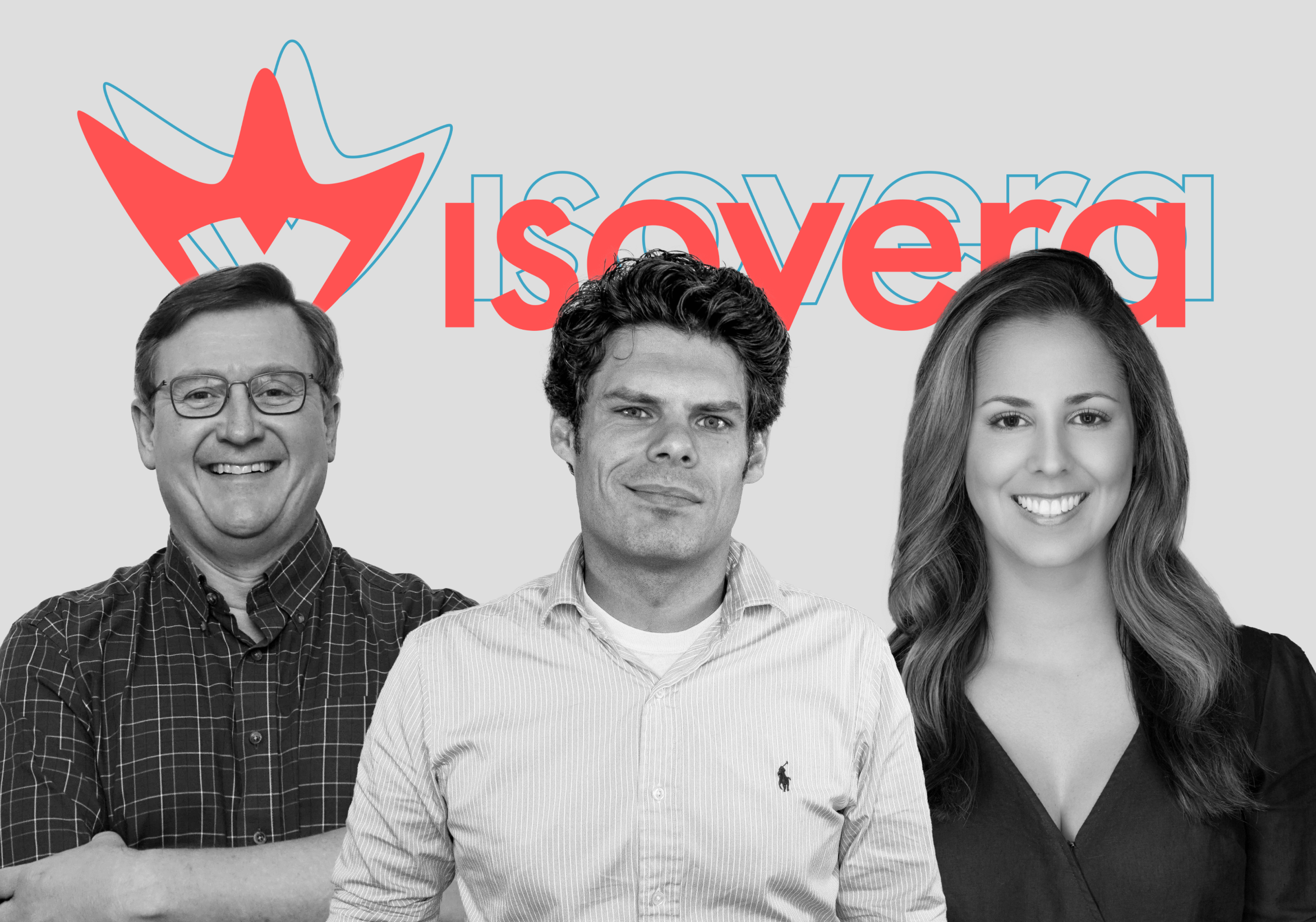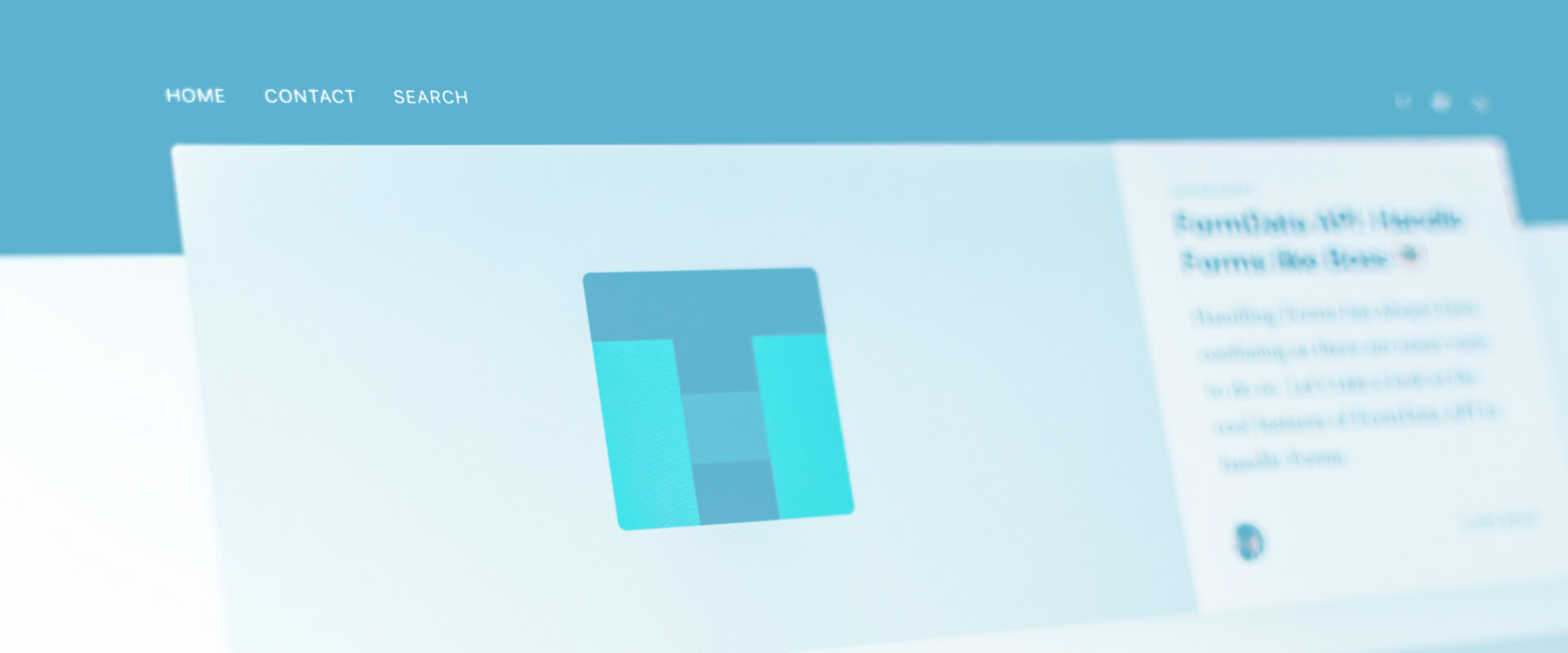A website is the most powerful marketing tool organizations have at their disposal. Whatever sector an organization is in, whatever its size, it will eventually have to redesign its website and building a website budget is the first step.
Your organization’s website is the first thing your audience sees when they go to research your company. Poorly functioning sites that are not aesthetically pleasing are likely to turn your audience away. They can also make your brand look unprofessional instead of trustworthy.
This isn’t just rhetoric: it only takes .05 seconds, or 50 milliseconds, for your customer to make a decision about your website’s design. If they don’t like it, they’re going to click away. In a study on web design, 75% or participants admitted to judging an organization’s credibility on their web design, and 89% of people shop with a competitor after a poor experience with a website, showing that your website can play a key component in your business’s bottom line.
Making a Website Budget for Your Next Big Redesign
Though it may be needed, a complete redesign isn’t something to take lightly. Like every major decision, it should be approached with a road map, a clear vision for the outcome, and some room for adaptability.
That road map is going to be influenced by your budget. You’ll need to figure out the scale of the redesign, what you want the site to look like, functionality, and who you’ll need to hire to build the new online presence you want. You’ll also need the CMS and technology stack to support increased functionality.
Your budget will help:
- Prioritize the requirements for launching your sites
- Scope out the right technology stack to use
- Define the project parameters so you and the agency you’re working with are on the same page
- Align stakeholder expectations early before the work even starts.
There are two activities you can use as tools to make sure the budgeting process goes smoothly.
Tool 1: Hold Stakeholder Collaboration Workshops

In this phase, you’ll schedule a series of workshops and exercises with stakeholders who can contribute their perspectives. They’ll be able to tell you what they need from the finished product so you can take it into account when making the budget.
You can hold these workshops one-on-one or in group sessions, whichever you think would work best or be the most efficient. Meetings can be in person or over a virtual conferencing app like Mural, which lets users work together in real-time to build visualizations.
Use these meetings as a chance to gain a better grasp on what each stakeholder requires from the website. This gives you a better idea of what needs to be included in a project’s scope of work, and therefore, the budget.
As your team maps out what your site will need, new requirements will come up. You’ll discover you need functions you hadn’t originally considered, or that elements you thought were “essentials” aren’t actually important at all. These changing requirements will be the biggest variable affecting the budget during your project. That’s why collaboration workshops with stakeholders are a key piece to making sure the budgeting process moves smoothly.
Now, often when redesigning a website, organizations will bring on an outside agency or partner to consult or create the new website. We know that at times it may be hard to come up with a final budget without knowing the cost of an outside partner–this is why we included Tool 2.
Tool 2: Conduct a Light Discovery and Audit Session

In a full-scale website redesign project, you’ll go deep into Discovery and Audit sessions, but we recommend conducting a lighter version during the budgeting phase. Choose a partner agency that can give you a snapshot of the relevant details to help shape your budget going forward.
Those details can include:
- Target audience. Who is your brand trying to reach and how can you build your website to attract them? What are their requirements and how, as a brand, can you respond across the journey?
- Technical needs. What functionality will your site will need? Will you require e-commerce? What CMS is a good fit? Do you need landing pages for specific products?
- UI/UX. How will users interact with your site? What will help make their experience with your page seamless and even enjoyable?
- Design. What is the general design strategy? Can you leverage existing brand standards or will it not meet accessibility standards? How will your messaging stand out from your competitors?
A partner can help sketch a rough budget before you commit to a full project.
Isovera helps our clients determine these parameters with a swift discovery and audit phase, usually conducted over just a few days. These “lightning workshops” quickly get to the heart of what’s needed for your website redesign, resulting in high-level recommendations you can use to draft RFPs and evaluate potential partners for your project.
Once your redesign project is underway, you can undertake a deeper discovery and audit. This will give your team an even better understanding of additional requirements you’ll need and can prioritize accordingly. You can even use the data you gather to map out a technology roadmap for improvements over the next few years.
The Takeaway
Knowing your website’s requirements before laying out your budget is crucial. Two great ways to do that are stakeholder workshops and a light discovery and audit session. This keeps everyone on the same page and manages expectations for the project.
For more information on planning your next big website redesign, reach out to us at Isovera. We’d be happy to talk about how we can help!










